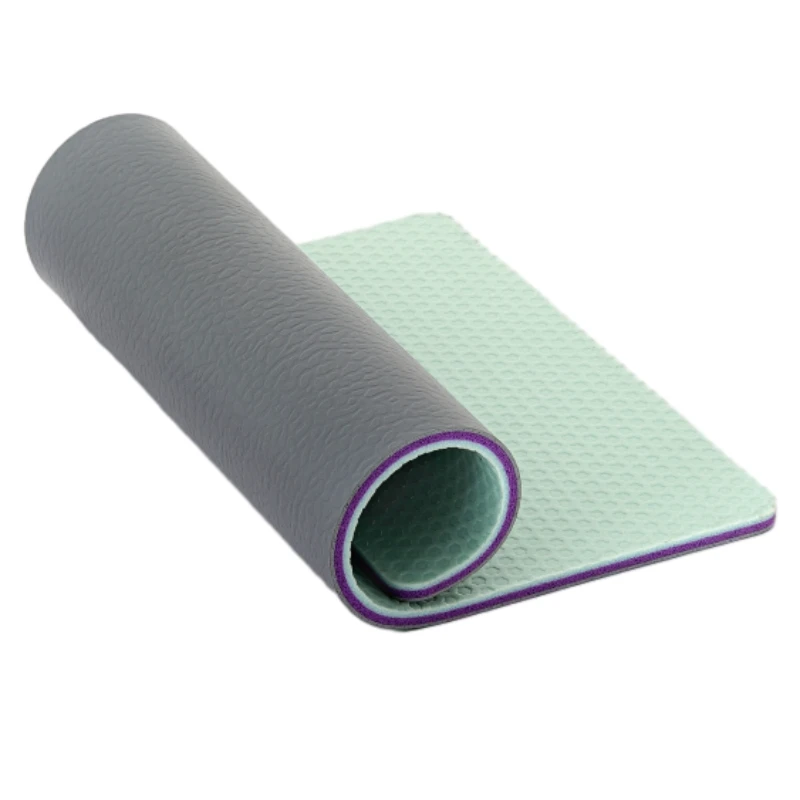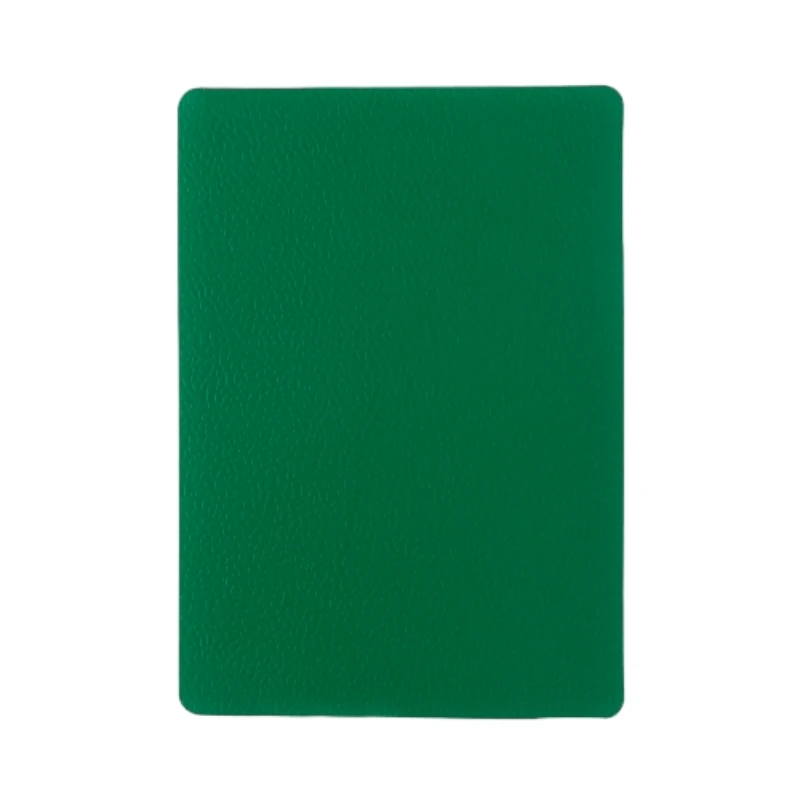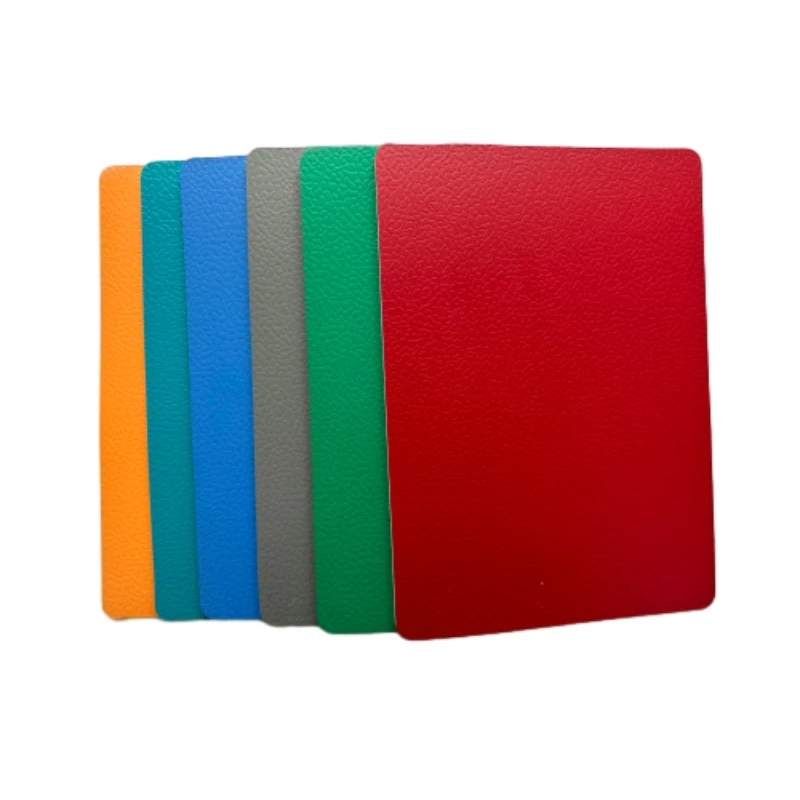- Afrikaans
- Arabic
- Belarusian
- Bengali
- Croatian
- Czech
- Danish
- Dutch
- English
- Estonian
- Finnish
- French
- Georgian
- German
- Greek
- hawaiian
- Hungarian
- Indonesian
- irish
- Italian
- Japanese
- kazakh
- Khmer
- Korean
- Kyrgyz
- Lao
- Latin
- Macedonian
- Malay
- Mongolian
- Myanmar
- Norwegian
- Persian
- Polish
- Portuguese
- Romanian
- Russian
- Serbian
- Spanish
- Swedish
- Tagalog
- Thai
- Turkish
- Turkmen
- Ukrainian
- Urdu
- Uzbek
- Vietnamese
- Zulu
Best Volleyball Court Flooring Material - Indoor, Outdoor & Portable
The Science of Superior Volleyball Court Flooring Materials
In the realm of professional and recreational sports, the choice of volleyball court flooring material is paramount, directly influencing player safety, performance, and the longevity of the facility. Beyond mere aesthetics, these specialized surfaces are engineered to meet rigorous athletic demands, providing optimal shock absorption, consistent ball bounce, and effective slip resistance. The industry is currently witnessing a significant trend towards advanced synthetic materials that offer superior durability and multi-sport adaptability, moving away from traditional wood or concrete surfaces for many applications. This evolution is driven by a need for solutions that minimize impact injuries, enhance athletic maneuverability, and withstand intensive use across diverse environments, whether for competitive indoor play or robust outdoor training. Understanding the underlying technical specifications and manufacturing precision is crucial for B2B decision-makers seeking to invest in infrastructure that supports peak athletic potential.
Modern advancements in synthetic polymers and composite structures have broadened the possibilities for high-performance sports surfaces. For instance, the demand for adaptable solutions has led to innovative developments in portable volleyball court flooring, allowing facilities to quickly transform spaces for different events or activities. Simultaneously, dedicated indoor volleyball court flooring solutions are being designed with specific properties to optimize conditions for competitive play, focusing on consistent energy return and reduced impact stress. The increasing popularity of beach volleyball and outdoor training has also spurred growth in robust outdoor volleyball court flooring material options, which must contend with environmental factors like UV radiation, temperature fluctuations, and moisture while maintaining critical performance characteristics. This multifaceted demand underscores the necessity for specialized, high-quality flooring solutions tailored to specific use cases.
Key Technical Parameters and Performance Benchmarks
Selecting the optimal volleyball court flooring material requires a thorough understanding of critical technical parameters that dictate its performance and safety profile. These benchmarks are often standardized by international sports federations and testing bodies to ensure consistency and reliability. Key parameters include:
- Shock Absorption (Force Reduction): Measures the ability of the surface to absorb impact energy, reducing stress on athletes' joints and muscles. Typically expressed as a percentage, with higher values indicating better absorption. For sports flooring, EN 14904 specifies a minimum of 25% force reduction.
- Energy Return: The rebound capability of the surface, influencing player agility and spring. While shock absorption cushions impact, energy return facilitates explosive movements.
- Coefficient of Friction (Slip Resistance): Crucial for preventing slips and falls during dynamic movements. Tested under both wet and dry conditions, ensuring athletes maintain stable footing. ASTM F2772 provides relevant testing methodologies.
- Vertical Deformation: How much the surface deflects under load. This indicates the floor's cushioning effect; optimal values balance comfort with stability.
- Rolling Load Resistance: The capacity of the floor to withstand heavy loads, such as bleachers or maintenance equipment, without permanent indentation. This is vital for multi-purpose facilities.
- Dimensional Stability: The material's resistance to expansion or contraction due to temperature and humidity changes, preventing buckling or gapping. ISO 23999 is often referenced here.
- Wear Resistance: The ability of the surface to resist abrasion from constant foot traffic and equipment. Tested using methods like Taber Abrasion, indicating the floor's longevity.
These parameters collectively define a flooring system's suitability for high-performance sports environments, ensuring both athlete safety and optimal playability. Adherence to international standards like EN 14904 (Surfaces for Sports Areas) is a strong indicator of a product's quality and compliance with professional requirements for sports volleyball court flooring material.
Typical Performance Parameters for Sports Flooring
| Parameter | Unit/Standard | Typical Range (PVC Sports Flooring) | Relevance to Volleyball |
|---|---|---|---|
| Thickness | mm | 4.5mm - 9.0mm (e.g., Gem Pattern 6.0mm) | Impacts shock absorption and comfort. 6.0mm is common for professional courts. |
| Force Reduction | % (EN 14904) | 28% - 35% | Critical for joint protection during jumps and landings. |
| Vertical Deformation | mm (EN 14904) | 2.5mm - 5.0mm | Optimal bounce and stability for rapid movements. |
| Surface Friction (Slip Resistance) | Coefficient (EN 13036-4) | 0.5 - 0.7 | Prevents slips during quick changes in direction and dives. |
| Dimensional Stability | % (ISO 23999) | ≤ 0.4% | Ensures floor remains flat and seams tight, preventing tripping hazards. |
| Residual Indentation | mm (EN 433) | ≤ 0.5mm | Resistance to permanent marks from equipment or heavy loads. |
The Manufacturing Process of High-Performance Sports Flooring
The creation of a high-quality volleyball court flooring material such as the Gem Pattern 6.0mm Sports Flooring involves a sophisticated multi-stage manufacturing process, ensuring both material integrity and performance consistency. Unlike traditional construction materials involving casting or forging, sports flooring utilizes advanced polymer processing techniques, primarily calendering and lamination. The core materials typically include high-grade polyvinyl chloride (PVC) resins, plasticizers for flexibility, stabilizers for durability, and specialized pigments for color. Critical to its structural integrity is the inclusion of a fiberglass mesh layer, which provides exceptional dimensional stability, preventing shrinkage or expansion that could compromise the playing surface over time.
The process begins with precise compounding of raw materials, where PVC resins, fillers, and additives are thoroughly mixed to create a homogeneous compound. This compound then undergoes a calendering process, where it is fed through a series of heated rollers that flatten and densify the material into continuous sheets of precise thickness, forming the backing and wear layers. Simultaneously, a high-definition printing layer, which defines the aesthetic pattern (e.g., Gem Pattern) and court lines, is prepared. This layer is then laminated onto the base layer along with the fiberglass reinforcement using heat and pressure, ensuring a strong, cohesive bond across all layers. Subsequent stages involve applying a durable wear layer on top, often with a UV-cured treatment for enhanced scratch and stain resistance. Each roll then undergoes stringent quality control inspections, verifying adherence to international standards like ISO 9001 for quality management and performance metrics such as those defined by EN 14904, covering aspects like shock absorption, vertical deformation, and slip resistance. This meticulous process guarantees a product with consistent performance, optimal safety, and extended service life suitable for various sports industries, including professional sports venues, educational institutions, and multi-purpose recreational facilities, offering significant advantages in terms of energy absorption and long-term durability.

Diverse Application Scenarios and Technical Advantages
The versatility of modern volleyball court flooring material allows for its deployment across a multitude of application scenarios, each benefiting from specific technical advantages. For dedicated indoor facilities, such as professional sports arenas, university gymnasiums, and school sports halls, the focus is on maximizing player performance and safety. Here, properties like optimal shock absorption, consistent ball bounce, and superior slip resistance are paramount, contributing directly to injury prevention and enhancing the game's flow. The specialized composition of materials like the Gem Pattern 6.0mm Sports Flooring ensures uniform surface characteristics, critical for competitive play where every bounce and slide matters.
Beyond dedicated indoor courts, the advent of robust outdoor volleyball court flooring material has opened up possibilities for community sports centers, training camps, and temporary event venues. These materials are engineered to withstand harsh environmental conditions, including UV radiation, extreme temperatures, and moisture, without compromising performance or integrity. Their technical advantages include enhanced weather resistance, anti-fading properties, and improved drainage capabilities. Furthermore, the development of portable volleyball court flooring offers unprecedented flexibility for multi-purpose venues, allowing for rapid installation and removal, transforming spaces from exhibition halls to high-performance volleyball courts in hours. This adaptability, combined with properties like sound absorption and ease of maintenance, makes advanced sports flooring solutions a strategic investment for diverse sectors, from professional sports organizations to municipal recreational departments, offering long-term economic and operational benefits.

Evaluating and Customizing Your Volleyball Court Flooring Material
When evaluating potential volleyball court flooring material suppliers and solutions, a comprehensive assessment extends beyond initial cost to encompass the total cost of ownership, long-term performance, and supplier reliability. Key factors for B2B decision-makers include certifications (e.g., ISO 9001 for quality management, specific sports federations like BWF or FIBA if relevant for professional courts), proven track record, and the availability of robust technical support. It is crucial to examine the material's wear layer thickness, foam density, and overall structural composition to ensure it meets the specific intensity of use – from high-traffic professional training centers to less frequently used community facilities. Material longevity, maintenance requirements, and environmental certifications (e.g., LEED contributions) are also increasingly important considerations.
Customization plays a significant role in modern sports facility design. Beyond standard colors and patterns, suppliers of indoor volleyball court flooring can often provide bespoke line markings, club logos, and specific color schemes to match brand identity or facility aesthetics. For outdoor volleyball court flooring material, options might include specific textures for enhanced grip in varying weather conditions or specialized drainage systems. Custom solutions allow for optimal integration with existing infrastructure and cater precisely to the unique operational demands and branding requirements of each facility. Collaborating closely with manufacturers to define these specific needs ensures that the chosen volleyball court flooring material not only performs optimally but also aligns perfectly with the client's strategic objectives and long-term vision.
Comparative Analysis: Common Sports Flooring Types
| Flooring Type | Pros | Cons | Best Use Case |
|---|---|---|---|
| PVC/Vinyl Sports Flooring (e.g., Gem Pattern 6.0mm) | Excellent shock absorption, slip resistance, easy maintenance, multi-sport versatility, good value. | Can be susceptible to heavy point loads if not properly specified. | Professional indoor courts, school gyms, multi-purpose halls. |
| Sprung Hardwood Courts (e.g., Maple) | High prestige, good ball bounce, excellent force reduction with sprung subfloor. | High initial cost, extensive maintenance, sensitive to humidity changes, less suitable for multi-sport. | Dedicated professional basketball/volleyball arenas. |
| Modular Polypropylene Tiles | Excellent for outdoor use, weather-resistant, good drainage, highly durable, often used for outdoor volleyball court flooring material. | Harder surface can mean less shock absorption without proper underlayment, higher sound. | Outdoor courts, temporary event surfaces, portable volleyball court flooring. |
| Rubber Flooring | Exceptional durability, excellent shock absorption, good for weightlifting areas, versatile. | Can have a strong odor initially, may not offer the same consistent ball bounce for high-level volleyball. | Gyms, fitness centers, multi-sport areas where volleyball is not primary. |

Ensuring Quality, Trustworthiness, and Support
The credibility of a volleyball court flooring material supplier hinges on transparent adherence to rigorous quality standards and a strong commitment to customer satisfaction. Reputable manufacturers demonstrate their reliability through internationally recognized certifications such as ISO 9001 for Quality Management Systems, ensuring consistent production processes and product quality. Furthermore, products designed for sports often carry specific certifications from international sports federations or comply with performance standards like EN 14904 (Surfaces for Sports Areas), confirming their suitability for competitive play. Comprehensive in-house and third-party testing data, covering parameters like shock absorption, vertical deformation, and slip resistance, provides tangible proof of performance, building confidence among B2B clients.
Beyond product specifications, the trustworthiness of a supplier is reinforced by their service commitments. This includes clear explanations of the delivery cycle, which typically varies based on customization and order volume but should be communicated upfront. Robust warranty commitments, often spanning 5 to 10 years for durable sports flooring, offer long-term assurance against manufacturing defects and premature wear under normal usage conditions. Furthermore, readily available customer support, encompassing technical consultation, installation guidance, and after-sales service, is critical for seamless project execution and ongoing maintenance. Manufacturers who prioritize these aspects ensure that clients not only receive a superior volleyball court flooring material but also benefit from a reliable partnership throughout the lifespan of their investment.
Frequently Asked Questions (FAQ)
- Q: What is the recommended thickness for a professional volleyball court?
- A: For professional and high-level competitive play, a volleyball court flooring material with a thickness of 6.0mm to 8.0mm is generally recommended. This range provides an optimal balance of shock absorption, energy return, and stability for dynamic movements and jumps, significantly reducing player fatigue and the risk of injury.
- Q: How does outdoor volleyball court flooring material differ from indoor options?
- A: Outdoor volleyball court flooring material is specifically engineered to withstand environmental stressors such as UV radiation, extreme temperatures, and moisture. It often features enhanced durability, specialized drainage systems, and materials that resist fading and degradation from sun exposure, unlike indoor options which prioritize consistent climate-controlled performance.
- Q: What is the typical lifespan of high-quality volleyball court flooring material?
- A: With proper installation and maintenance, high-quality synthetic volleyball court flooring material can last 10 to 15 years, or even longer. Factors influencing longevity include traffic volume, adherence to maintenance protocols, and the specific composition of the flooring material. Regular cleaning and adherence to manufacturer guidelines are crucial for maximizing service life.
- Q: Can portable volleyball court flooring be used for other sports?
- A: Yes, many types of portable volleyball court flooring are designed as multi-sport surfaces. Their modular nature allows for quick conversion between sports like basketball, badminton, or futsal. Performance characteristics like shock absorption and slip resistance are often balanced to suit a range of athletic activities, making them a versatile choice for multi-purpose facilities.
- Q: What maintenance is required for synthetic indoor volleyball court flooring?
- A: Maintenance for synthetic indoor volleyball court flooring is generally straightforward. Regular sweeping or vacuuming to remove loose dirt, and routine damp mopping with a neutral pH cleaner, are typically sufficient. Avoid harsh chemicals or abrasive cleaning tools. For spills, immediate cleanup is recommended. Periodic deep cleaning can also extend the floor's aesthetic appeal and lifespan.
Conclusion and Future Outlook
The strategic selection of volleyball court flooring material is a critical decision that profoundly impacts athlete welfare, performance, and the long-term viability of sports facilities. As the sports industry continues its global expansion, driven by increasing participation and professionalization, the demand for advanced, highly engineered flooring solutions will only grow. Innovations in material science are continuously pushing the boundaries, leading to even more sustainable options, improved shock absorption capabilities, and enhanced modularity for greater operational flexibility. For B2B stakeholders, staying abreast of these technological advancements and partnering with manufacturers renowned for their expertise, rigorous quality control, and comprehensive support services is essential. Such collaborations ensure the development of state-of-the-art sports environments that not only meet today's athletic demands but are also future-proofed against evolving standards and user expectations.
References
- European Standard EN 14904:2006, Surfaces for sports areas – Indoor surfaces for multi-sports use – Specification.
- ASTM F2772, Standard Specification for Athletic Performance Properties of Indoor Sports Surfaces.
- ISO 9001:2015, Quality management systems – Requirements.
- FIVB (Fédération Internationale de Volleyball) Official Volleyball Rules.
- Vertebral and lower extremity injury epidemiology in collegiate volleyball athletes: a systematic review. Journal of Sports Science & Medicine, 2018.
-
Benefits of PP Interlocking Floors for Gym SpacesNewsJul.08,2025
-
Durability Testing for Interlocking Sports Floor TilesNewsJul.08,2025
-
Overview of Tennis Court Flooring MaterialsNewsJul.08,2025
-
Portable Basketball Floor SystemsNewsJul.08,2025
-
Eco-Friendly Badminton Court Flooring OptionsNewsJul.08,2025
-
Durability Testing for PVC Floor Mat RollsNewsJul.08,2025
-
Top Materials Used in Tennis Court FlooringNewsJul.03,2025

